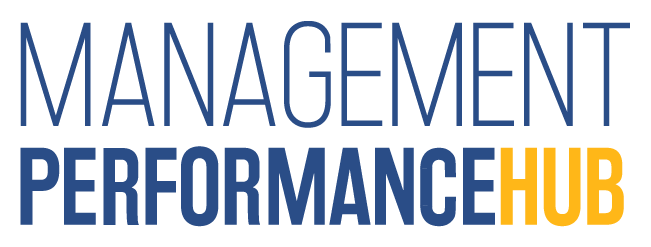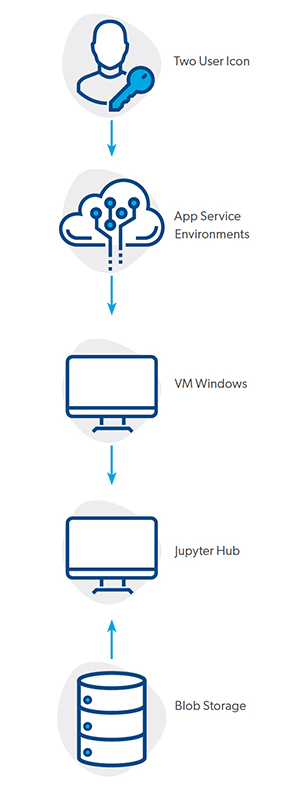Granting third-party researchers access to data is not without drawbacks. When sharing files that recipients download locally, sending a researcher a particular dataset granted that researcher permanent and irrevocable access. Additionally, researchers had no way of knowing when a particular dataset was out of date. In order to maintain the security of sensitive datasets, MPH would require researchers to undergo a thorough vetting process that typically took several weeks to complete.
“We’re seeing that, across all realms of research, datasets are either getting too big for people to do research on their own devices, or in our case, the datasets are too big and they’re too sensitive to be downloaded locally,” said Owen Boberg, MPH data scientist. “We came to the realization that we needed to start moving data to the cloud to enable our researchers to have all the data and tools they need in one place.”
In April 2019, MPH cast a vision for a “virtual data warehouse” containing “rooms” where researchers and analysts could meet to collaboratively share and analyze data and called upon Resultant to bring that vision to fruition.
Resultant sought to deeply understand what would most benefit the researchers who used the platform as well as MPH’s security concerns and desired use cases. Our team developed user stories by interviewing external researchers and asking questions like, “What are you hoping to gain from a research environment?” and “What tools do you need within the platform?”



